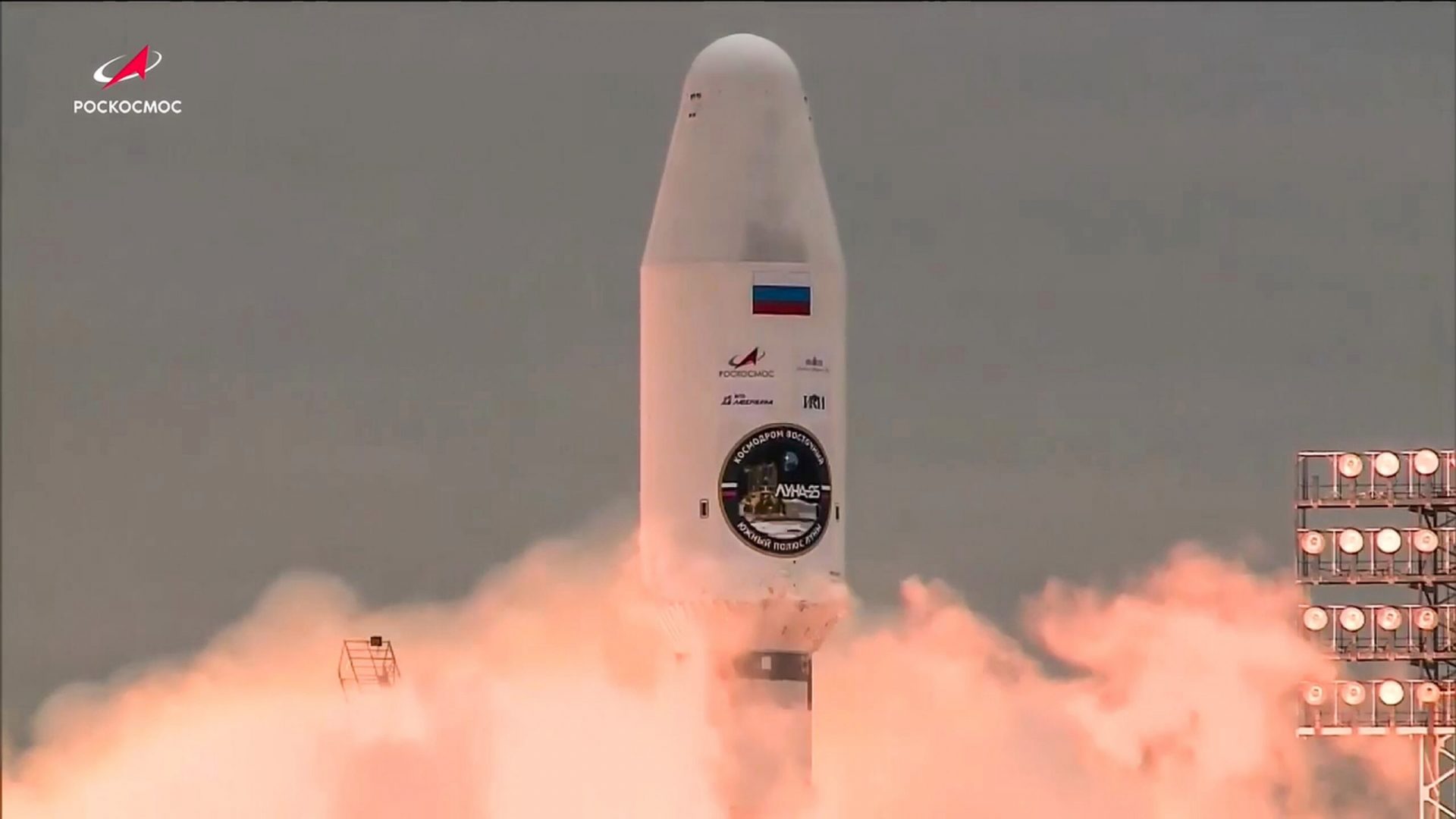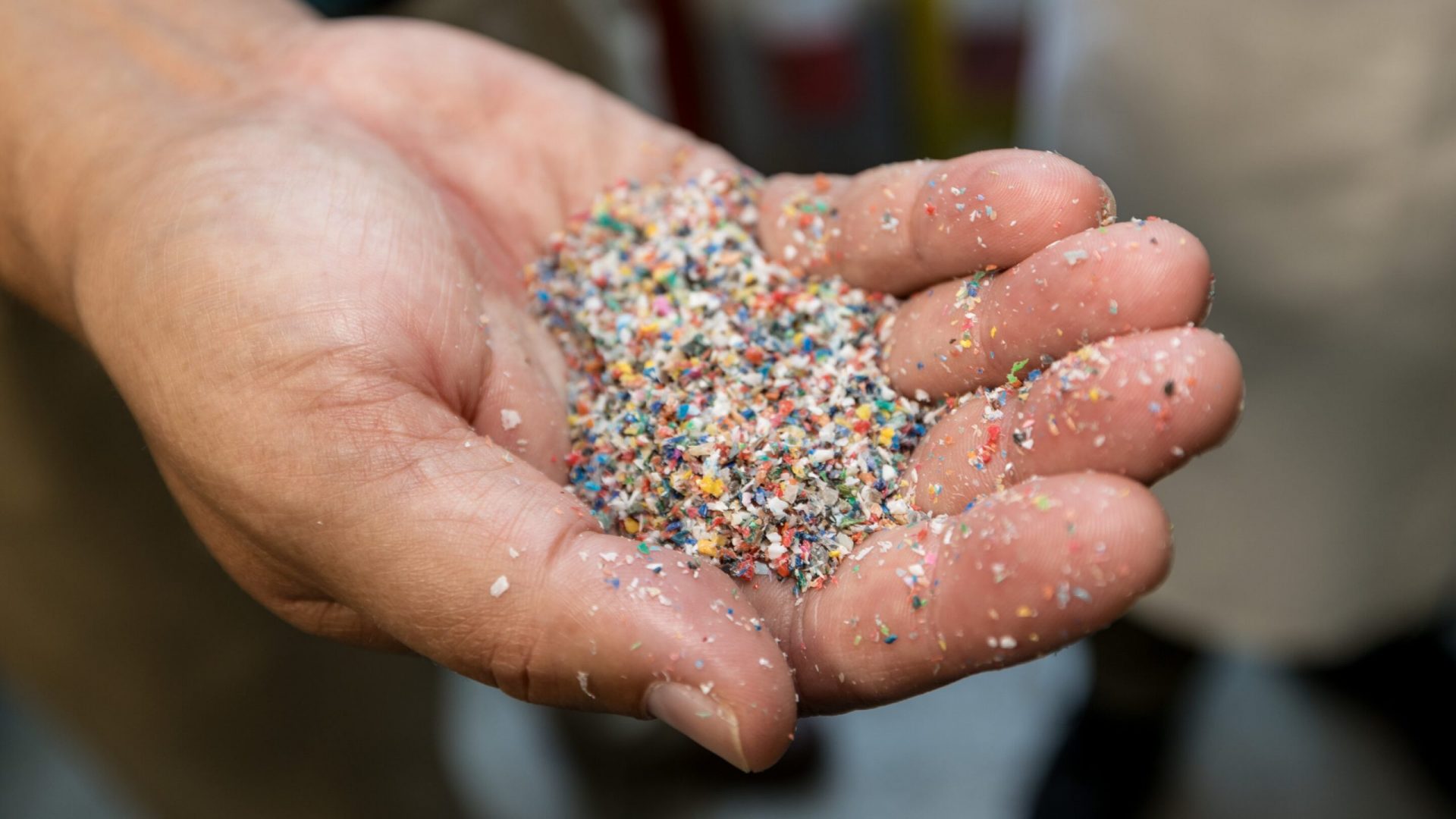Get ready for an epic space race! A rocket carrying a lunar landing craft has just taken off on Russia’s first moon mission in nearly 50 years. The goal? To land on Earth’s satellite before an Indian spacecraft. Exciting, right?
But that’s not all. This launch from Russia’s Vostochny spaceport in the Far East is not only their first moon mission since 1976, but it’s also a chance for Russia to prove its capabilities as a space superpower. The Russian lunar lander, called Luna-25, is expected to reach the moon on Aug. 23, around the same time as the Indian craft that was launched on July 14. It’s a race against time!
Now, here’s the interesting part. Only three governments have successfully landed on the moon: the Soviet Union, the United States, and China. But India and Russia are determined to be the first to land at the moon’s south pole. Talk about ambition!
Roscosmos, Russia’s space agency, has a clear mission: to show the world that Russia can deliver a payload to the moon and secure its access to the moon’s surface. It’s not just about studying the moon; it’s about political competition between superpowers.
However, there are challenges. Sanctions imposed on Russia after the Ukraine invasion have made it difficult for them to access Western technology, impacting their space program. To overcome this, the Luna-25 had to abandon the idea of carrying a small moon rover to reduce weight and improve reliability. It’s all about adapting to a new era.
But don’t worry, the launch of Luna-25 went flawlessly, according to video feed from Roscosmos. This is a significant step towards making Russia a space superpower, as it aligns with President Vladimir Putin’s vision to move Russian launches from the Baikonur Cosmodrome in Kazakhstan.
-
In this photo released by Roscosmos State Space Corporation, the Soyuz-2.1b rocket with the moon lander Luna-25 automatic station takes off from a launch pad at the Vostochny Cosmodrome in the Russia’s Far East, on Friday, Aug. 11, 2023. The launch of the Luna-25 craft to the moon will be Russia’s first since 1976 when it was part of the Soviet Union. The Russian lunar lander is expected to reach the moon on Aug. 23, about the same day as an Indian craft which was launched on July 14. Credit: Roscosmos State Space Corporation via AP
-
In this photo taken from video and released by Roscosmos State Space Corporation, the Soyuz-2.1b rocket with the moon lander Luna-25 automatic station takes off from a launch pad at the Vostochny Cosmodrome in the Russia’s Far East, on Friday, Aug. 11, 2023. The launch of the Luna-25 craft to the moon will be Russia’s first since 1976 when it was part of the Soviet Union. The Russian lunar lander is expected to reach the moon on Aug. 23, about the same day as an Indian craft which was launched on July 14. Credit: Roscosmos State Space Corporation via AP
-
In this photo released by Roscosmos State Space Corporation, the Soyuz-2.1b rocket with the moon lander Luna-25 automatic station takes off from a launch pad at the Vostochny Cosmodrome in the Far East of Russia.
Get ready for an out-of-this-world adventure! On Friday, Aug. 11, 2023, Russia’s Far East will witness an incredible event – the launch of the Luna-25 craft to the moon. This historic moment marks Russia’s first lunar mission since 1976, back when it was still part of the Soviet Union. The anticipation is building as the Russian lunar lander is expected to reach the moon on Aug. 23, coinciding with the arrival of an Indian craft that was launched on July 14.
In this captivating photo released by Roscosmos State Space Corporation, we see the Soyuz-2.1b rocket with the moon lander Luna-25 automatic station taking off from a launch pad at the Vostochny Cosmodrome in Russia’s Far East. The image captures the excitement and awe surrounding this monumental event.
But that’s not all! We have more stunning visuals to share. In another breathtaking photo, the Soyuz-2.1b rocket with the moon lander Luna 25 automatic station is set at a launch pad at the Vostochny Cosmodrome. This image, also released by Roscosmos State Space Corporation, showcases the grandeur of the Russian Far East and the anticipation of the upcoming lunar mission.
And there’s even more to come! In yet another awe-inspiring photo, we witness the Soyuz-2.1b rocket with the moon lander Luna-25 automatic station taking off from a launch pad at the Vostochny Cosmodrome. The power and magnitude of this moment are palpable, as Russia embarks on its first lunar mission in decades.
Last but not least, we have a captivating video still that captures the Soyuz-2.1b rocket with the moon lander Luna-25 automatic station taking off from a launch pad at the Vostochny Cosmodrome. This incredible footage, released by Roscosmos State Space Corporation, allows us to witness the sheer force and excitement of this historic event.
Get ready to be amazed as Russia sets its sights on the moon once again. This is a momentous occasion that will go down in history, and we are privileged to witness it firsthand. Stay tuned for more updates on this extraordinary lunar mission!In the Russia’s Far East, on Friday, Aug. 11, 2023, a historic event is set to take place. The Luna-25 craft will be launched to the moon, marking Russia’s first lunar mission since 1976. This significant achievement comes after years of anticipation and technological advancements. The Russian lunar lander is expected to reach its destination on Aug. 23, coinciding with the arrival of an Indian craft that was launched on July 14. It’s a race to the moon, and the world is watching with bated breath.
The importance of this mission cannot be overstated. Previous attempts by India to land at the moon’s south pole in 2019 ended in failure, but this time, the stakes are higher. Scientists are particularly interested in the lunar south pole, as they believe it holds the key to unlocking the mysteries of water on the moon. The permanently shadowed polar craters are believed to contain frozen water, which could be a game-changer for future explorations. Imagine being able to transform this water into air and rocket fuel, opening up endless possibilities for space travel.
“The moon is largely untouched and the whole history of the moon is written on its face,” says Ed Bloomer, an astronomer at Britain’s Royal Observatory, Greenwich. “It is pristine and like nothing you get on Earth. It is its own laboratory.” The Luna-25 mission aims to collect samples of moon rock and dust, providing crucial insights into the moon’s environment. This knowledge is essential for any future plans of establishing a base on the moon. Without understanding the moon’s conditions, we risk building structures that may be quickly eroded by the harsh lunar environment.
As we eagerly await the outcome of this mission, let us marvel at the wonders of space exploration. The moon holds the secrets of our universe, and with each mission, we inch closer to unraveling its mysteries. The Luna-25 launch is a testament to human ingenuity and our unyielding curiosity. Stay tuned as history unfolds before our eyes.








